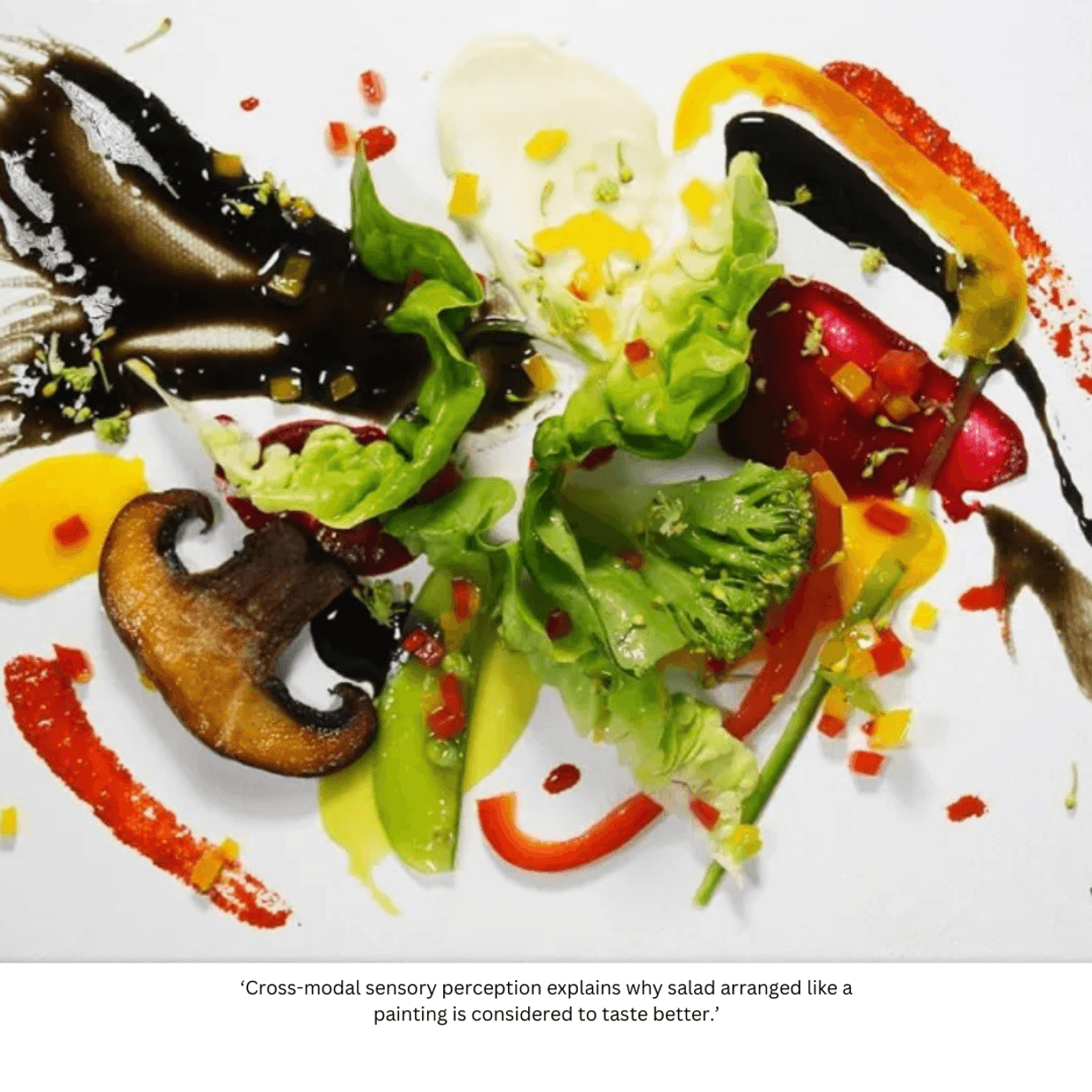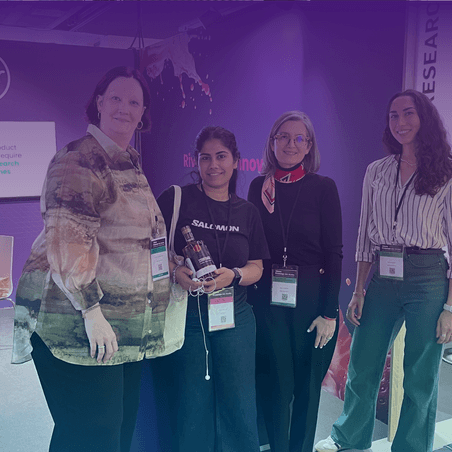Insights

28 Nov, 2025
Five Products: Showing How Sound Shapes Modern Consumer Experience
Read More
Simon Harris, MMR's Product Excellence Director
14 Dec, 2022 | 4 minutes
These are exciting times for the research industry. Advances in tech can make a tangible difference to the quality and depth of insight. But it can also generate misguided and misleading outputs – something that no research professional would want to be associated with.
Recently, our concerns about the reliability of facial coding as a means of predicting emotions were vindicated by a new report issued by the UK Government’s Information Commissioner’s Office (ICO). It stated that these ‘emotional analysis’ techniques are based on a ‘false premise’ and should not be relied on in circumstances where the truth really matters.
With this in mind, we turn our attention to so called ‘universal predictive models’. These draw upon learnings from previous tests with products across different markets and categories, spanning different consumer targets, and claim to be able to predict how much a new product will be liked by consumers based on the sensory experience reported by a limited number of trained/semi-trained consumers.

Unsurprisingly, predictive models are gaining a lot of interest because they could – in theory - reduce the time and investment required in consumer research. They claim to improve the chances of success by identifying, via ‘AI modelling’, innovation and optimization opportunities beyond the products being tested. A mighty bold claim, if ever we saw one!
But, as much as we love tech, we are unable to endorse such rhetoric because such models are excessively reductive. The reality is that we live in an age of great products, so if you’re seeking to make improvements, we’re often talking about very small tweaks. For entirely new products, simply creating something that is liked is now an outmoded ambition. Increasingly, brand owners are shooting for distinctiveness, heightened sensory theatre - bigger, bolder, and brighter product signatures that build memory structures with the power to displace existing repertoires. Add to this the complexity associated with renovation and cost reduction with no loss of appeal, and you’ll quickly realize that your testing approach demands detail, nuance, and granularity!
Predictive modelling drastically over-simplifies the complexity of how humans experience the world. Cross-modal sensory perception dictates that changing one sensory touchpoint will impact how the consumer experiences another.

Whilst predictive modelling often appears to deliver results that look sensible and actionable, it simply cannot deal with the nuance and subtlety needed to make ‘successful products’ in the modern world.
Relying on predictive modelling based on appeal alone is to assume a direct association between liking and people’s motivation to adopt your product in the longer-term – which is a false hope.
To create a winning product, you must first understand people’s expectations of your brand and category, then understand in detail the sensory space of your particular category and the preferences of your target consumers. We cannot endorse universal models to get you there. They invariably ‘chase averages’ and will lead to a continuation of mediocre, in a world that craves meaningfully distinctive experiences.
May we offer these further observations to help you plan your next move:
In spite of our concerns, we can see a way forward for AI in identifying white space opportunities - such as which flavor combinations might work well in a new market. Even in these situations however, relying too heavily on AI risks that such suggestions are based on hypothetical combinations which will be untested.
We will continue with our quest to offer solutions that support faster NPD and speed to market, and whilst we understand the appeal of AI driven predictive models, as things stand today we strongly believe that well designed research, delivered by genuine product, sensory and branding experts, is still the best way to fast-track your NPD whilst ensuring the product really hits the spot for consumers.
This is where our co-creation approaches and sensory drivers toolkit excel, allowing us to identify the optimal profile for a target consumer or optimization opportunities, which might seem small or counter intuitive, but can make a big in-market difference. Get in touch to learn about what we believe it takes to truly understand sensory drivers in order to develop products that delight.
You can also access our resource on Sensory AI drivers below:
Be first to read our assessments on the latest tech by signing up to The NOVA Partnership, by MMR below.
Insights

28 Nov, 2025
Five Products: Showing How Sound Shapes Modern Consumer Experience
Read MoreNews

25 Nov, 2025
'If Your Product Updates Don’t Match the Frequency of Smartphone Upgrades, You'd Better Rethink Your Strategy.”
Read MoreNews

22 Oct, 2025
MMR at Printemps des Études 2025: Reconnecting Through Insight and Innovation
Read More